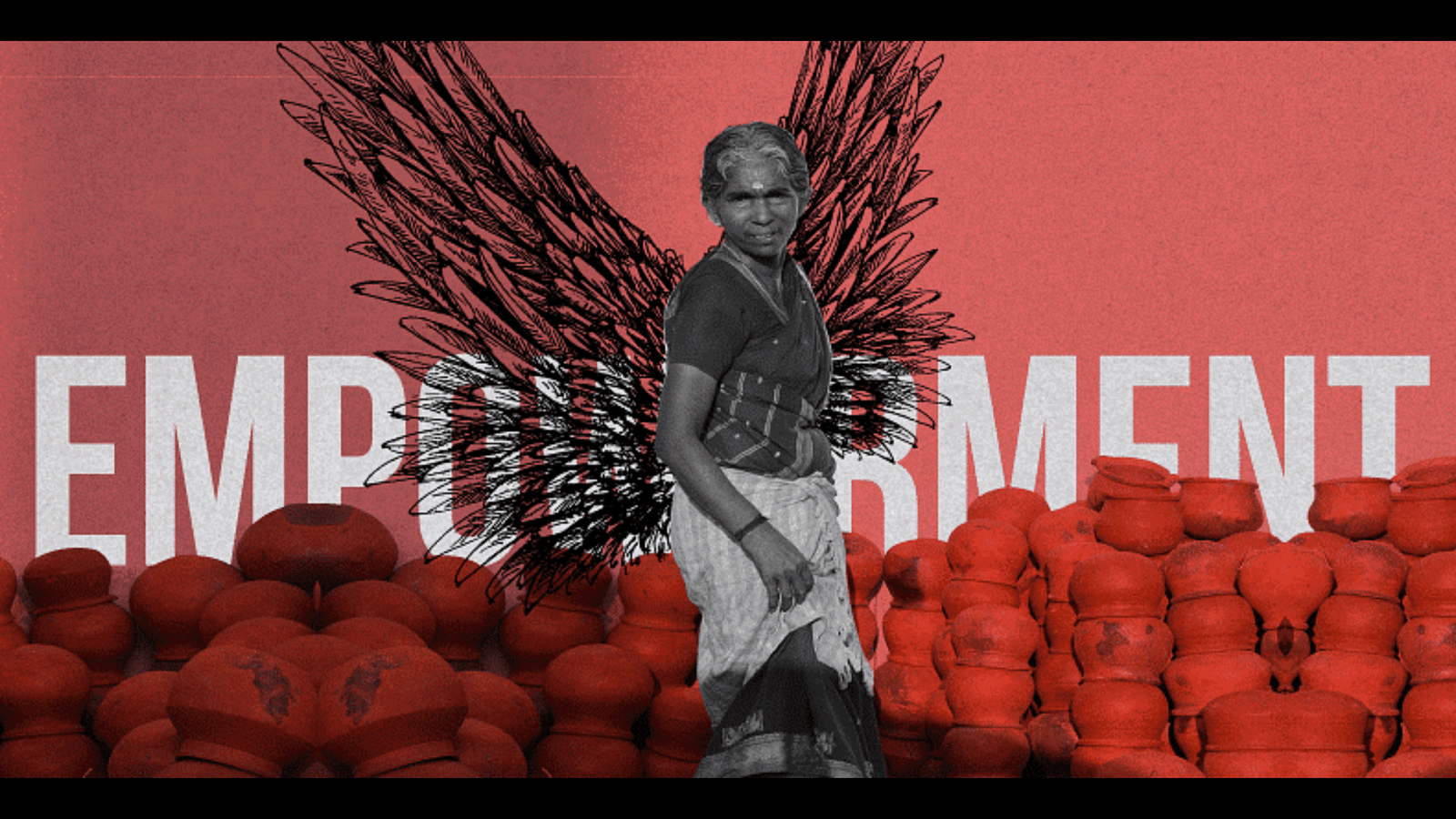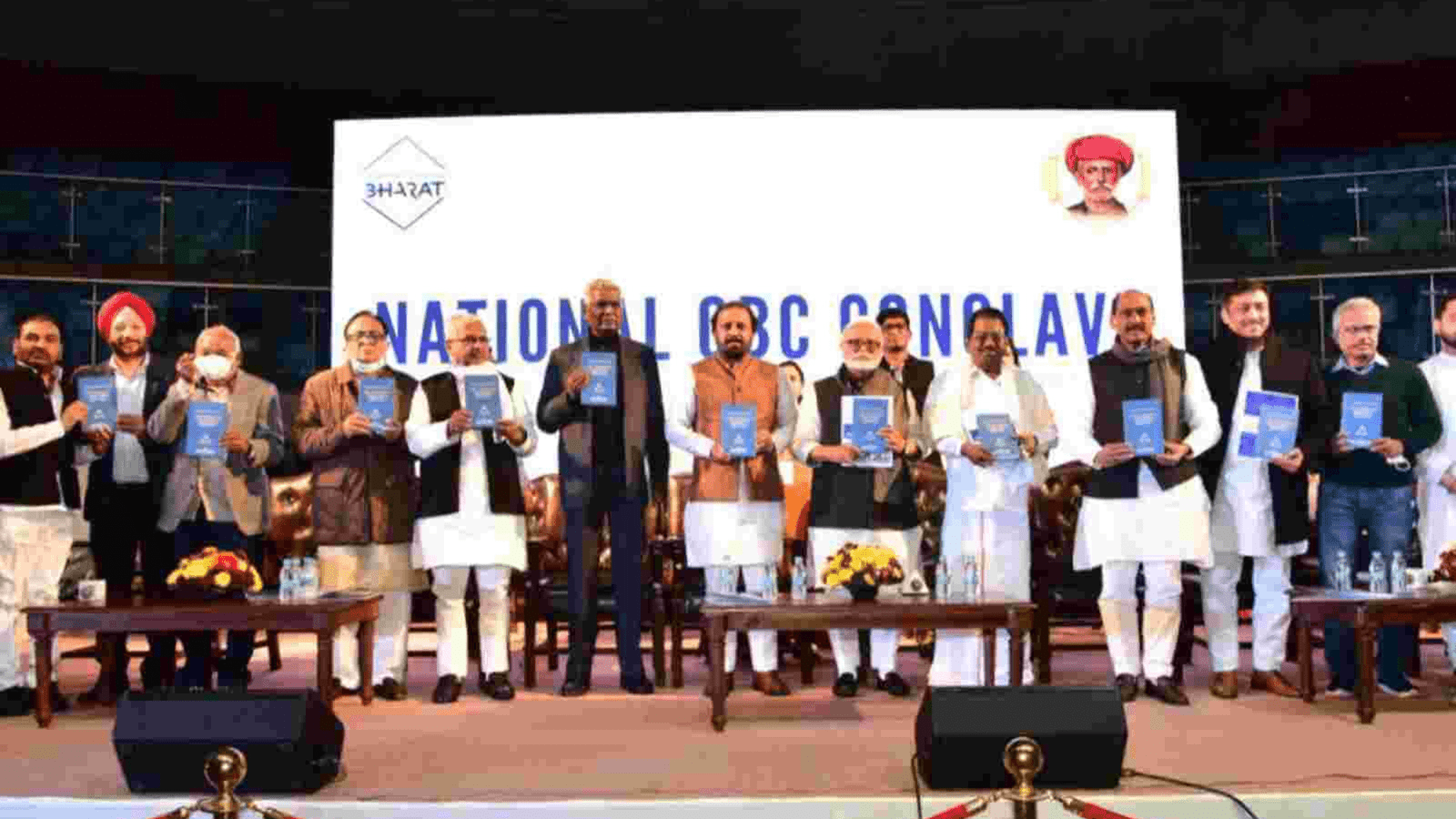
The farmers’ movement invites us to revisit the trajectory of India’s agriculture so as to understand its real problems. Beginning in the mid-1960s, India and, especially, Punjab experienced a massive productivity boom as a result of widespread adoption of Green Revolution technologies. This transition was driven by public investment in irrigation and market infrastructure. Essential to the system’s success was the minimum support price, which incentivised the cultivation of wheat and rice. Area under paddy cultivation in Punjab jumped from 4.8 % of total cropped area in 1960-61 to 39.19 % in 2018-19. Similarly, wheat area share increased from 27 % to 45 %. The production of wheat in Punjab during the Green Revolution period increased by over 7 % annually, with yield increases accounting for a little over half of that growth. By contrast, other crops began to decline. In 1960-61, Punjab had a total of 21 crops in the cropping system which fell to nine in 1991. The Green Revolution had other adverse long-term economic and ecological effects. Partly because of water scarcity, growth rates of yield have decreased to 2 % per year for wheat; and are stagnant or negative for rice. The wheat-rice cropping monoculture has not only led to depletion of groundwater levels, but also to the excessive use of chemical pesticides, posing a threat to biodiversity.
Secondly, the absence of land reforms has worsened the challenges in rural India. In Punjab and Haryana, the bottom 50 % of the smallholders owned 0.47 % of the land in 1953-54. The figure increased to 0.52 % in 1961-62 but fell to 0.28 % by 1971-72 before increasing marginally over the next decade to end at 0.32 % by 1982. The number of households in Punjab without land or on sub-marginal land holdings (less than 0.99 acres) has only grown. In the same period, “middle peasants” saw their share of land holdings rise from 22.69 % to 34.19 % of total land under cultivation. The 10th agriculture census of 2015-16 shows that small and marginal farmers with less than two hectares of land account for 86.2 % of all farmers in India but own just 47.3 % of the crop area. In comparison, semi-medium and medium land holding farmers (owning between 2-10 hectares of land) account for 13.2 % of all farmers, but own 43.6 % of crop area.
The National Statistical Office’s (NSO) household consumer expenditure survey for 2017- 2018 shows that inflation-adjusted consumer spending in 2017-18 fell for the first time in four decades. India’s monthly per capita consumption expenditure in FY 2017-18 was Rs 1,446, down 3.7 % from Rs 1,501 in 2011-12, the last time the NSO conducted this survey. The average money spent every month by rural residents in 2017-18 was 8.8 % less than six years earlier, while urban consumption was up 2 %. The disparity in land holdings coupled with an exacerbating rural-urban divide points to rural distress.
Do the new farm laws address these problems? A study by the NCAER shows that the Bihar experiment of scrapping APMC markets in 2006 has not improved its agricultural performance. Farm growth in the state averaged 2.04 %, lower than the all-India average of 3.12 % in the period between 2001-02 and 2016-17. However, the post-reforms period does show an increase in the average wholesale prices of major crops. The average price of paddy increased by 126 %, wheat by 66 %, and maize by 81 %, the authors remarked. But the simultaneous increase in volatility of prices affected the “stability of farmers’ income”, ultimately affecting their ability to invest and diversify. This instability in prices, the authors note, could be a reason for Bihar’s lower agricultural growth. Another analysis by the Chaudhary Charan Singh National Institute of Agriculture Marketing (CCSNIAM) conducted in 2011-12, states that after APMC market yards were abolished in the state, there has been hardly any private investment in new marketplaces.
The three contentious farm bills put together do not address these aspects but seek to deregulate and dismantle the APMC network. P Sainath uses the analogy of government schools in this context: Should all schools be privatised because public sector schools have deficiencies? Perhaps not, since that would exclude a large population from formal education. If market accessibility is a major issue, the state should help the smallholder farmers to have access to the market. For that, investments are needed. Public sector investment in agriculture, as per the RBI, has been around 0.4 % of the GDP between 2011-12 and 2017- 18. This is woefully inadequate for a sector on which 60 % of the population directly or indirectly depends for livelihood.
Public investment on infrastructure and MSPs needs to increase to improve access of smallholder farmers to APMCs, as the private sector will not replace the state in this matter, as is evident from the Bihar example. This, coupled with an agroecological transition which includes crop diversification, will ensure sustainability for Indian agriculture. Here again, state intervention and public policy support could be a part of the solution. In June 2018, the Andhra Pradesh government announced an ambitious programme to bring all 80 lakh hectares of its cultivable land under agroecological farming by 2024. Agroecology emphasises minimising external, artificial inputs by using resources available in the local ecosystem.Only one year after its introduction in Andhra, a study by Azim Premji University showed that yields had increased by 11 % in paddy and 79 % in brinjal even while following sustainable agro-ecological principles.
Instead of handing over India’s agriculture to a couple of agribusiness companies, the government of India should make this key sector of the economy one of its priorities in terms of investments.









































































































